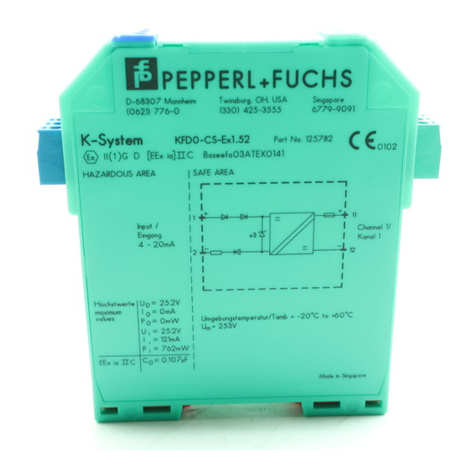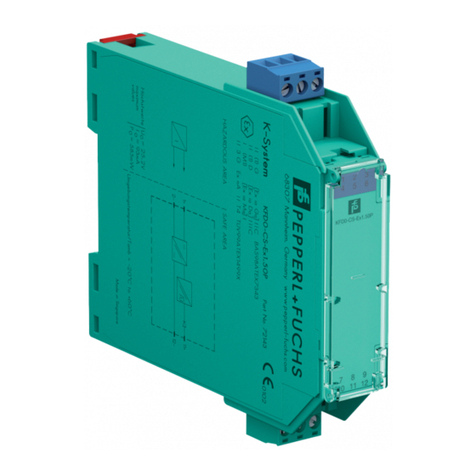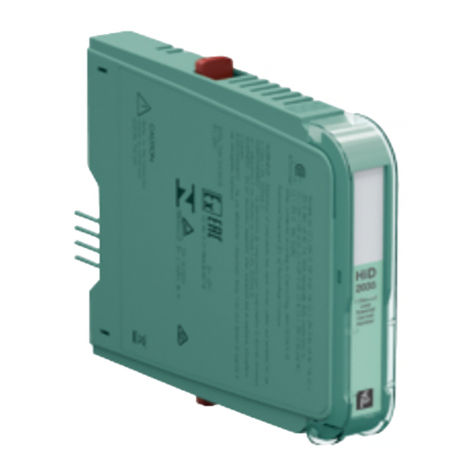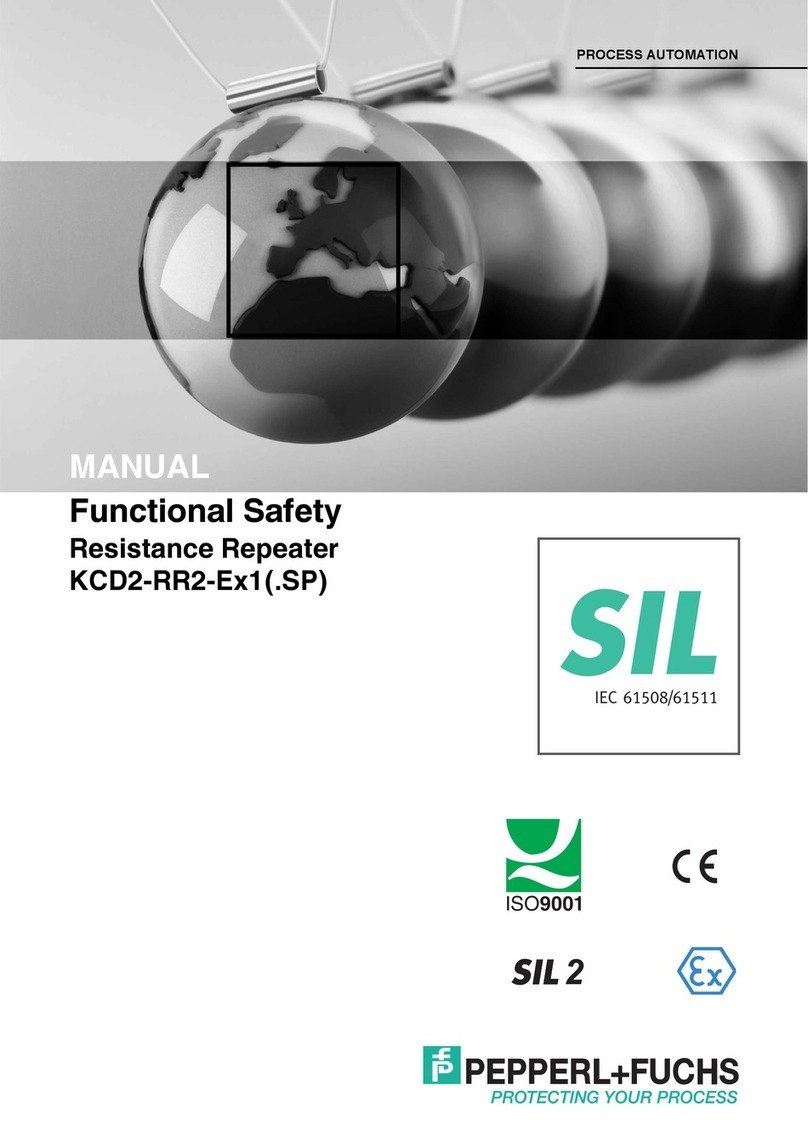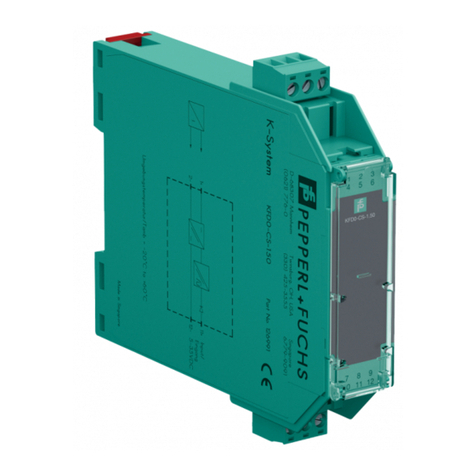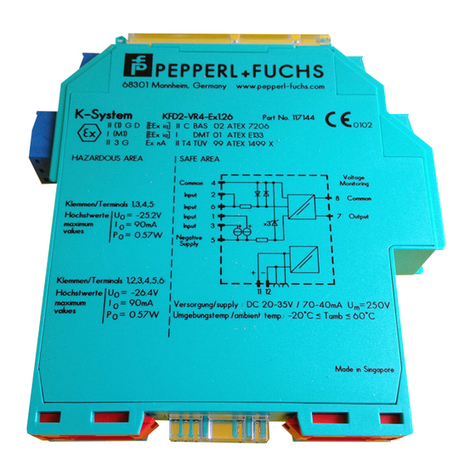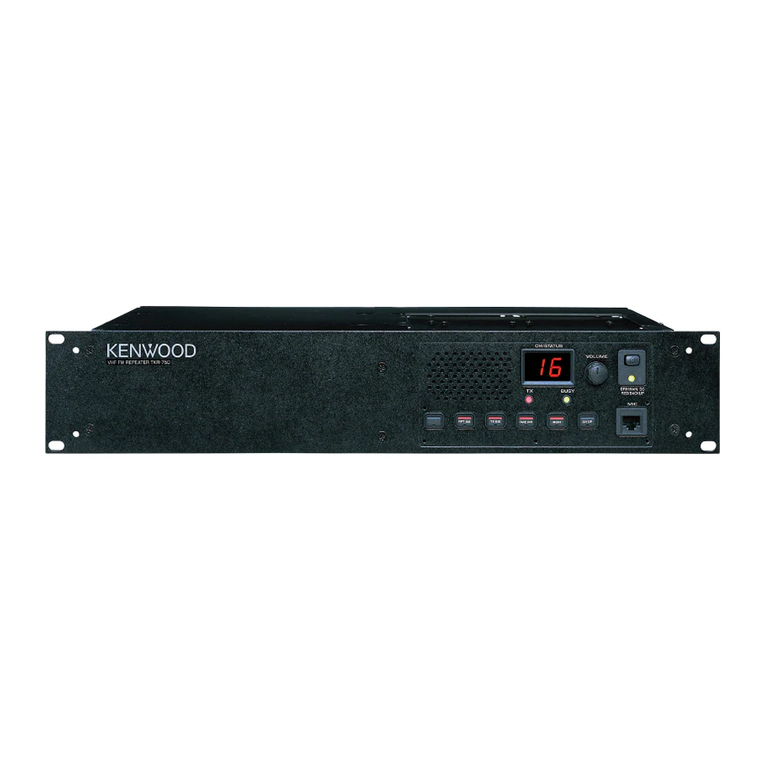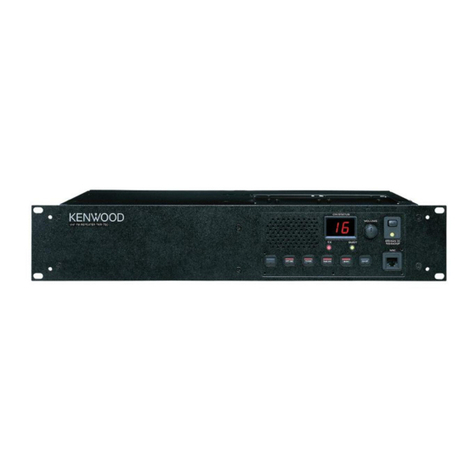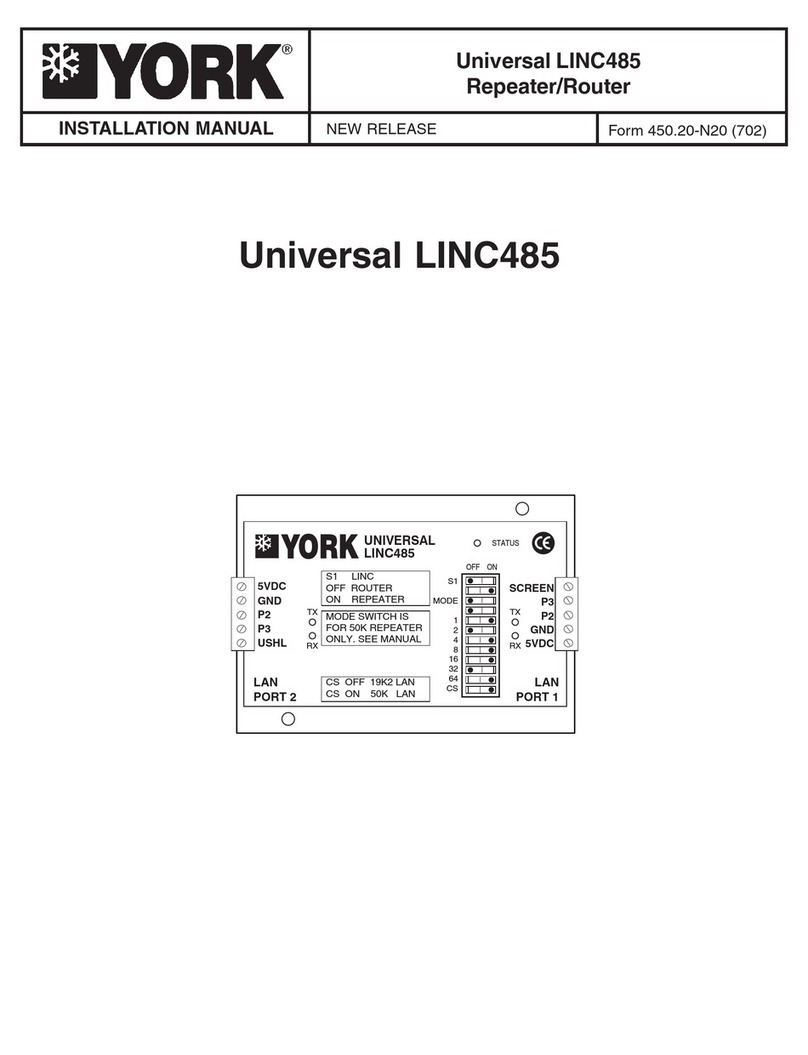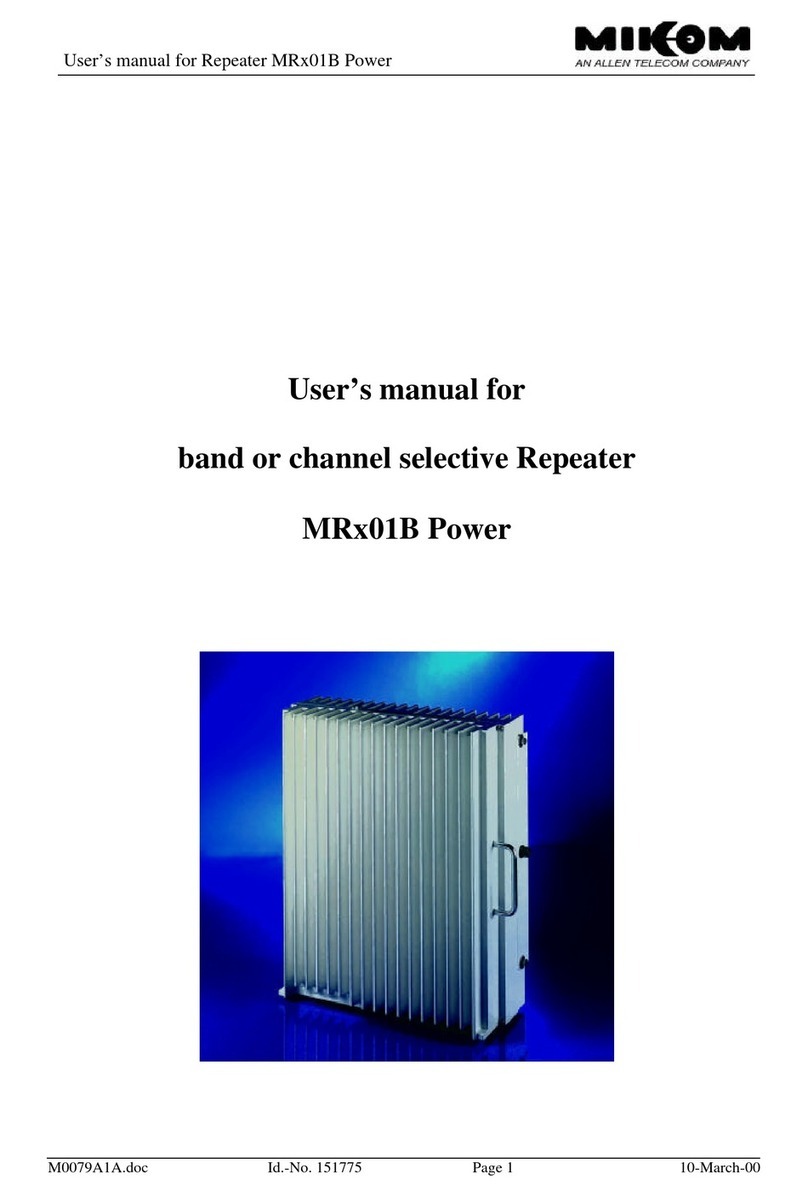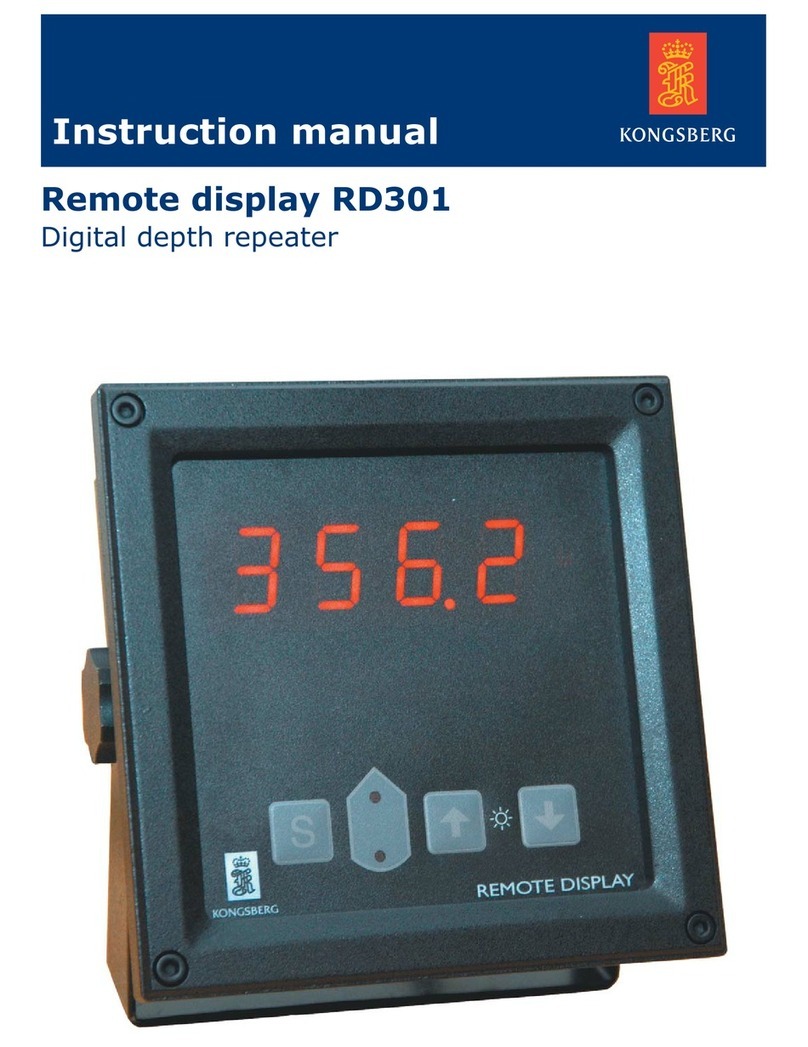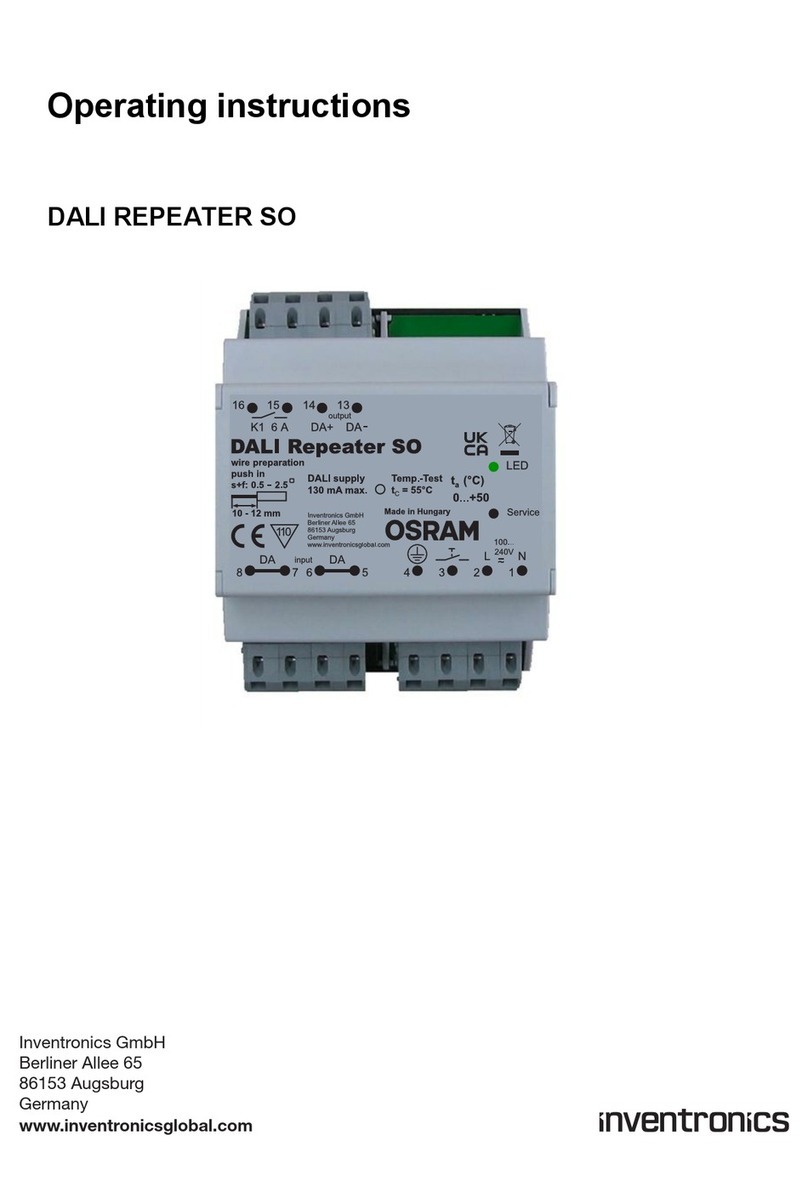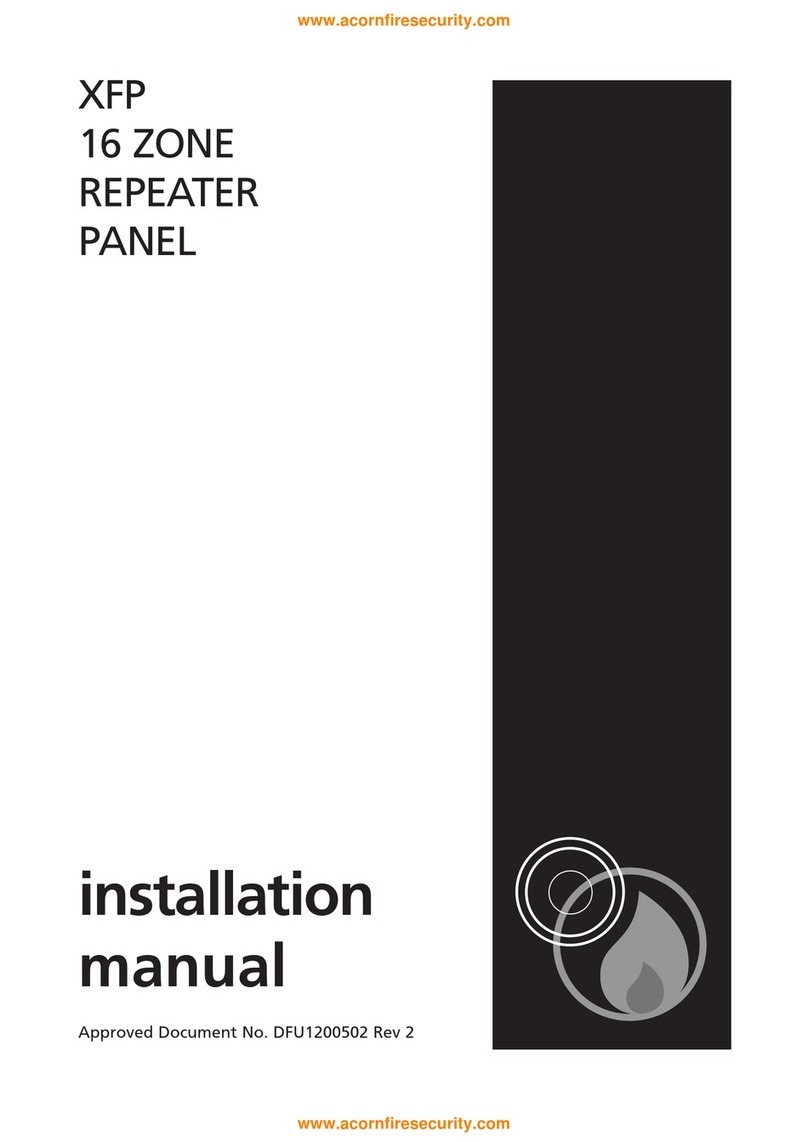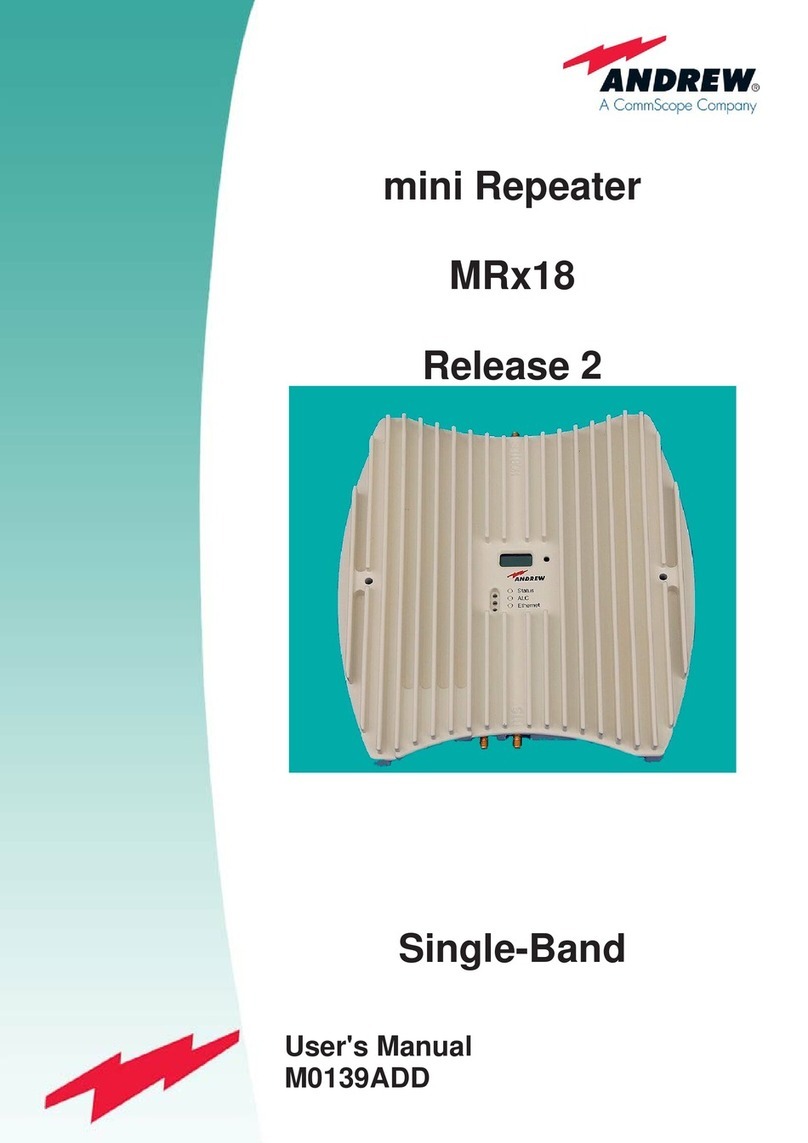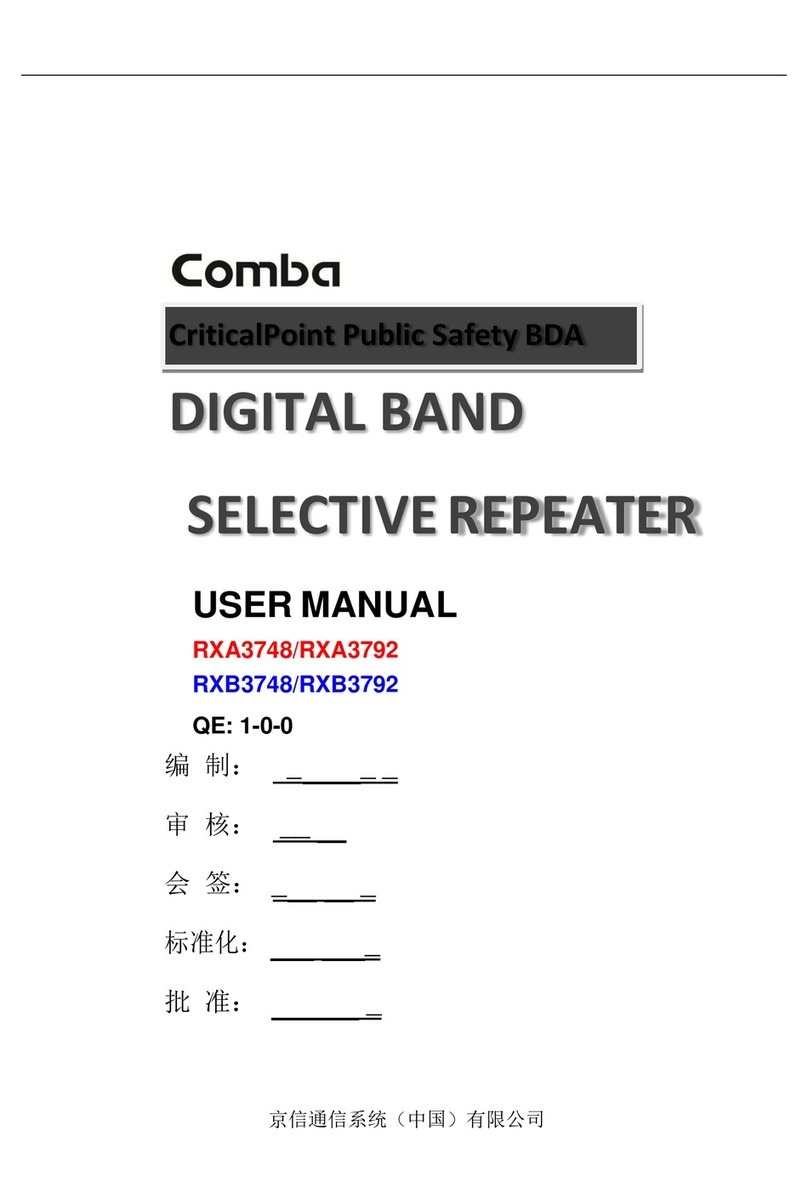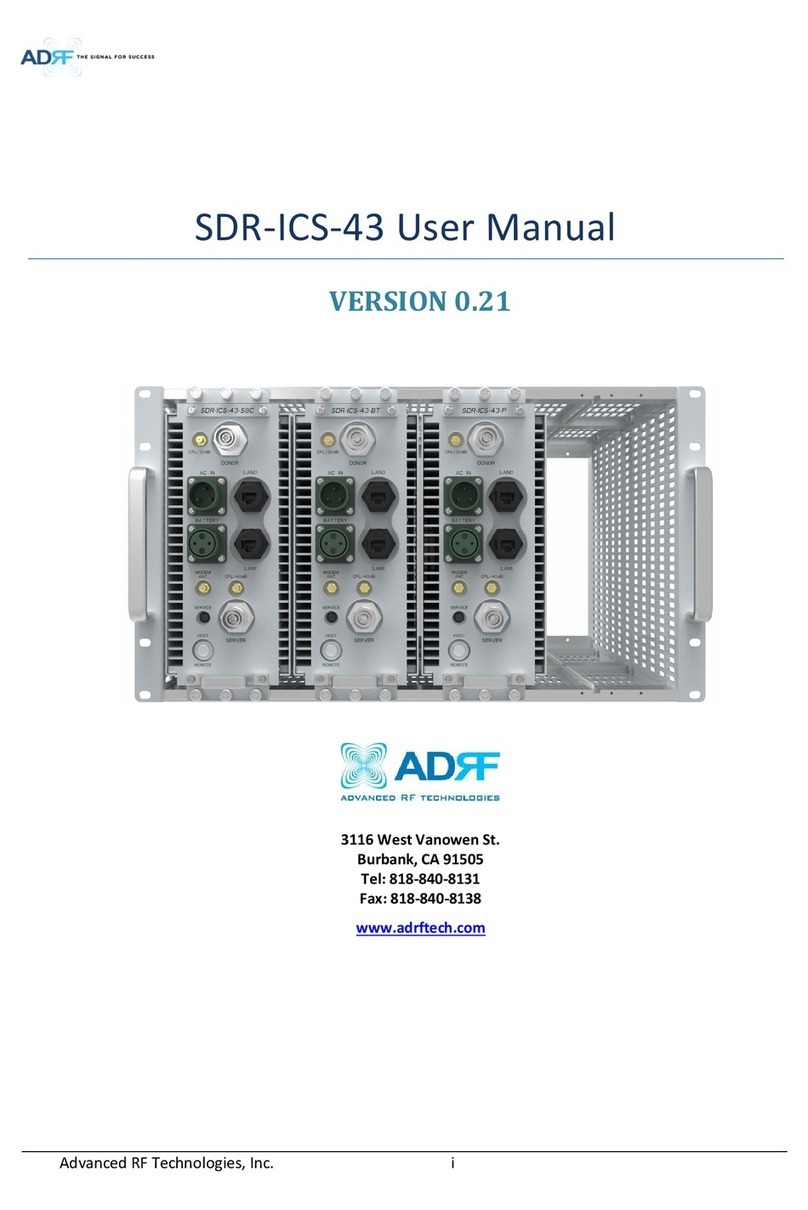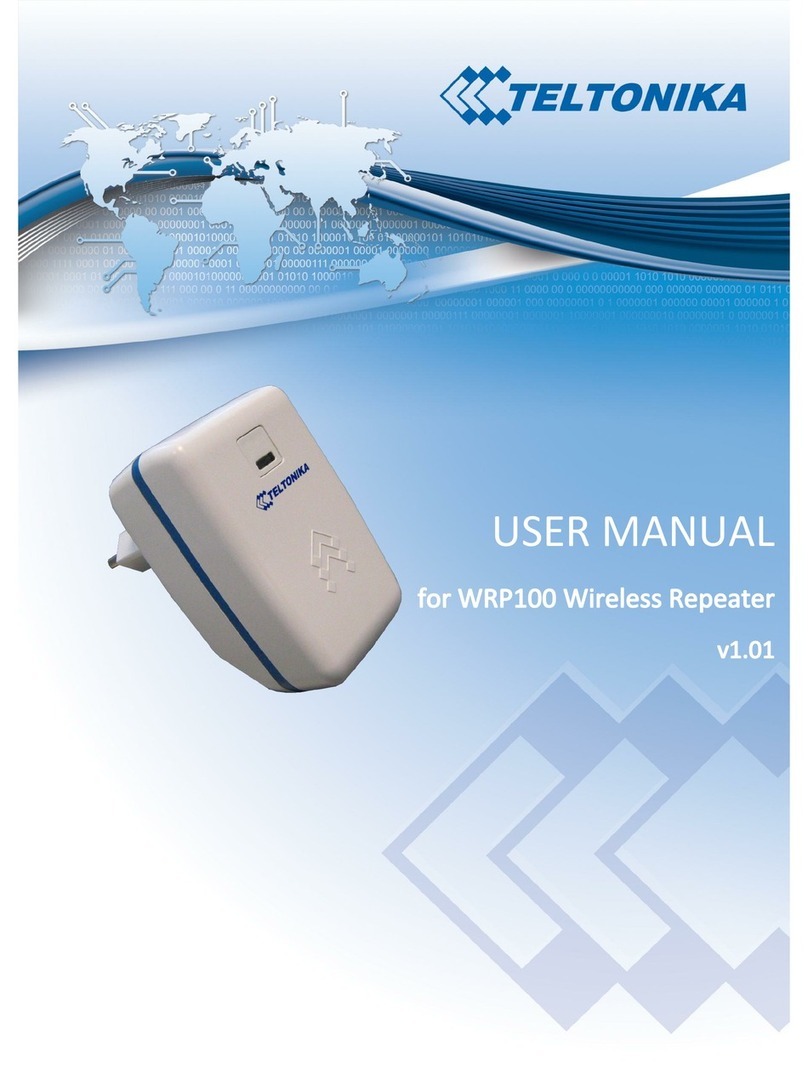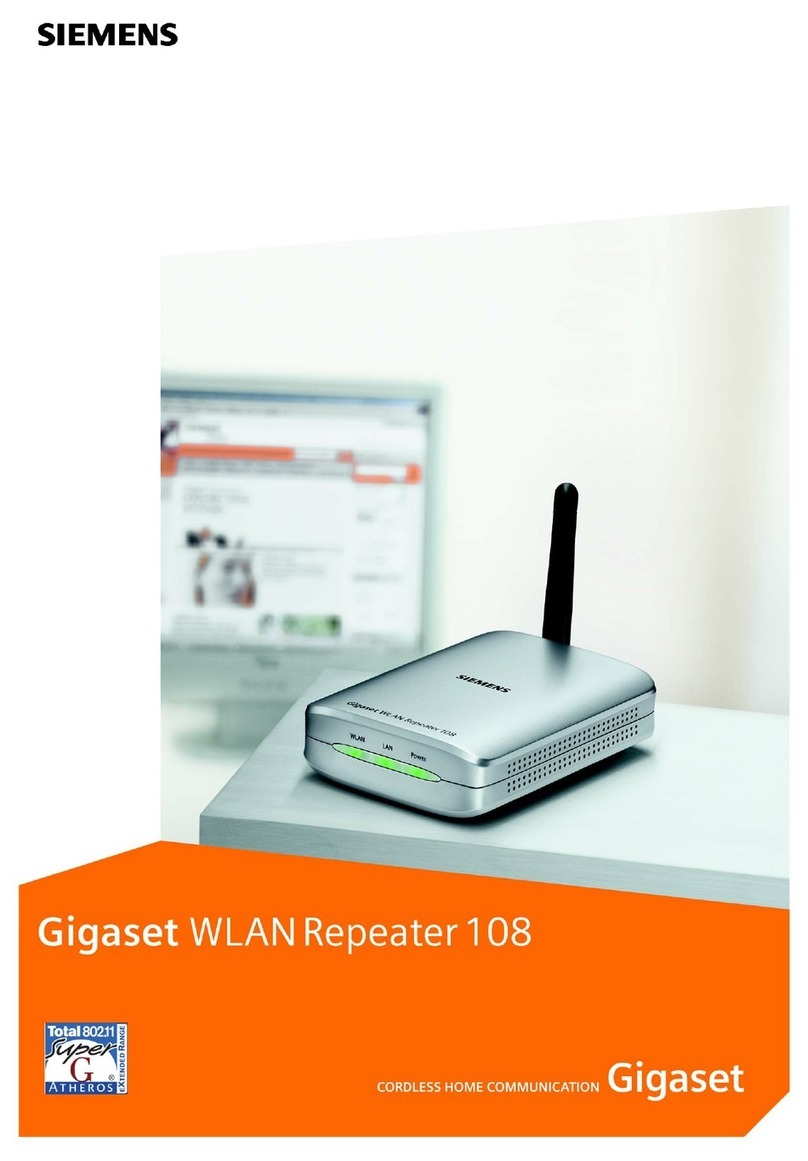
2018-12
8
Functional Safety KFD0-CS-(Ex)*.50(P), KFD0-CS-(Ex)*.51(P)
Product Description
KFD0-CS-Ex*.51(P)
This isolated barrier is used for intrinsic safety applications.
The device transfers DC signals of fire alarms and smoke alarms from the hazardous area
to the non-hazardous area. The device can also be used to control I/P converters, valves,
indicators, and audible alarms.
The device is loop powered. From the control side no additional power supply has
to be connected.
Use the technical data to verify that proper voltage is available to the field devices.
The device is mounted on a 35 mm DIN mounting rail according to EN 60715.
P Version
A reverse polarity protection prevents damage to the device caused by faulty wiring.
2.2 Interfaces
The device has the following interfaces.
• Safety-relevant interfaces:
• 1-channel devices: input I, output I
• 2-channel devices: input I, input II, output I, output II
• Non-safety-relevant interfaces: none
2.3 Marking
2.4 Standards and Directives for Functional Safety
Device specific standards and directives
System-specific standards and directives
Note!
For corresponding connections see datasheet.
Pepperl+Fuchs GmbH
Lilienthalstraße 200, 68307 Mannheim, Germany
Internet: www.pepperl-fuchs.com
KFD0-CS-1.50, KFD0-CS-2.50, KFD0-CS-2.51P
KFD0-CS-Ex1.50P, KFD0-CS-Ex2.50P, KFD0-CS-Ex1.51P,
KFD0-CS-Ex2.51P
Up to SIL 2
Functional safety IEC/EN 61508, part 1 –7, edition 2010:
Functional safety of electrical/electronic/programmable
electronic safety-related systems (manufacturer)
Functional safety IEC/EN 61511, part 1 –3, edition 2003:
Functional safety –Safety instrumented systems
for the process industry sector (user)
